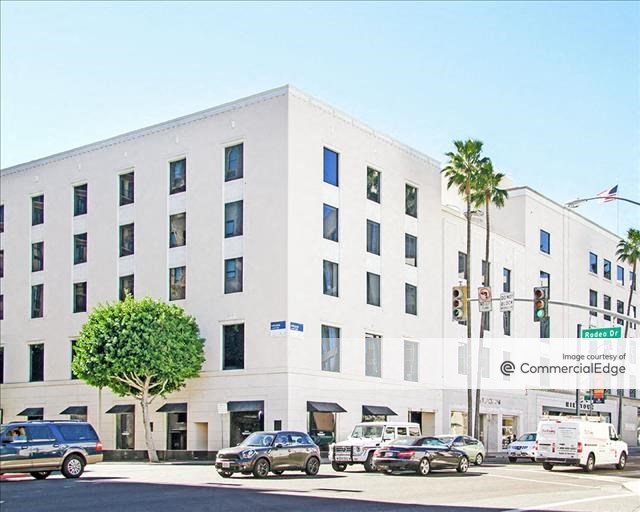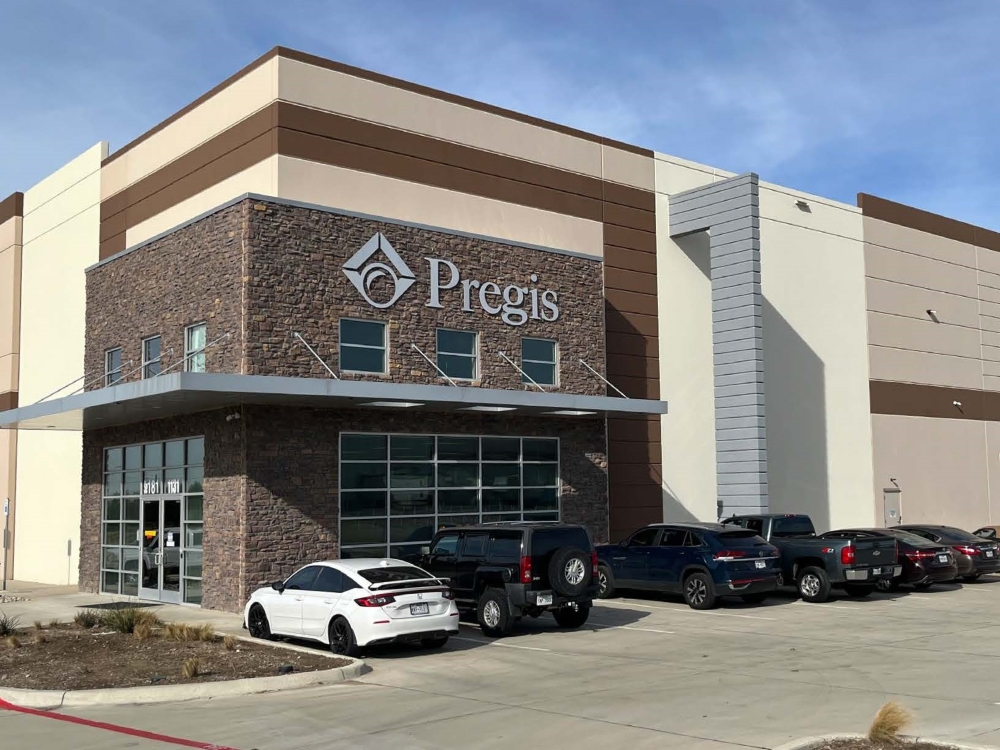When Will the Fed Move on Interest Rates?
Experts size up Jerome Powell’s latest remarks—and make some predictions.
Today’s Federal Reserve Bank interest rate decision comes with little surprise: Benchmark rates are set to remain at a range of 5.25 to 5.5 percent. That’s where they have been since July 2023.

The decision to prolong the pause was largely priced in, industry experts say. At 3.2 percent, inflation continues to be stubborn, remaining above the Central Bank’s 2 percent target—slightly increased from January—and the Producer Price Index remains elevated.
But CRE wasn’t focused on the Fed’s rate decision this month. Instead, people were watching for any indication as to what the rest of the year might hold for Federal monetary policy and the economy generally.
Moving forward
READ ALSO: CRE’s Man to Watch
In January, Fed Chair Jerome Powell noted that the current target range was at its peak, fueling assumptions that the Open Markets Committee would cut rates at least three times throughout 2024, perhaps as much as 100 basis points. For today’s meeting, the outlook largely remains the same.
During the March FOMC Press Conference, Powell maintained his position about the target rate, and remained cautious. “The economic outlook is uncertain, however, and we remain highly attentive to inflation risks,” Powell said. “We are prepared to maintain the current target range for longer if appropriate.”
Should the economy perform as projected, rate cuts are likely, Powell added. “If the economy evolves as projected, the median (FOMC) participant projects that the appropriate level of the federal funds rate will be 4.6 percent at the end of this year, 3.9 percent at the end of 2025 and 3.1 percent at the end of 2026, still above the median longer-term funds rate,” he said.
Other measures of inflation continue to run high, leading some to anticipate higher interest rates for longer. Greg Friedman, managing principal & CEO of Peachtree Group, said that the 10-year Treasury is more likely to average closer to 4 percent than the 2 percent it has averaged at for more than a decade. Yet, most experts still expect rate cuts to begin soon.
Sabina Reeves, chief economist for CBRE Investment Management, told CPE that she anticipates the first Fed rate cut of 25 basis points to take place in June, followed by two more. However, the Fed may wait until December given the political calendar.
Others are certain rate cuts are around the corner. “The Fed cannot wait forever because real interest rates are now positive, which is restrictive to economic growth,” said BGO’s chief economist, Ryan Severino. “But once they do start to cut, it should provide a boost to the CRE capital markets, pushing up volume as well as appreciation and total returns.”
Where CRE is feeling the heat
Regardless of the property type or asset class, commercial real estate is feeling the weight of high interest rates. Debt maturities taking place this year pose a serious challenge to the sector. Due to higher interest rates, borrowers and lenders are continually needing to come back to the table to recapitalize their transactions and re-underwrite deals, John Vavas, shareholder at Polsinelli, told CPE
It’s not just borrowers that are waiting for cuts. Once the first rate cut finally happens, Reeves explained, investor sentiment will solidify in favor of the idea that we are beginning a cyclical recovery.
“We also note that the longer the Fed keeps rates elevated, the higher the chance that we see damage from tighter credit on the real economy filtering through to leasing markets and a second leg down in valuations,” Reeves continued.
Until rates come down, it is expected that cap rates will remain elevated and transaction volume will remain muted.
“Empirical research demonstrates that once the Fed stops raising rates, CRE returns revert into positive territory relatively quickly,” Severino noted. “That is likely getting delayed this cycle because, with such an abrupt regime change in monetary policy in such a short period of time, the CRE market is still adjusting in some ways.”
Yet, with a resilient economy and relatively healthy market fundamentals, declining interest rates and a return to positive total returns is not a question of if but when, Severino said.







You must be logged in to post a comment.